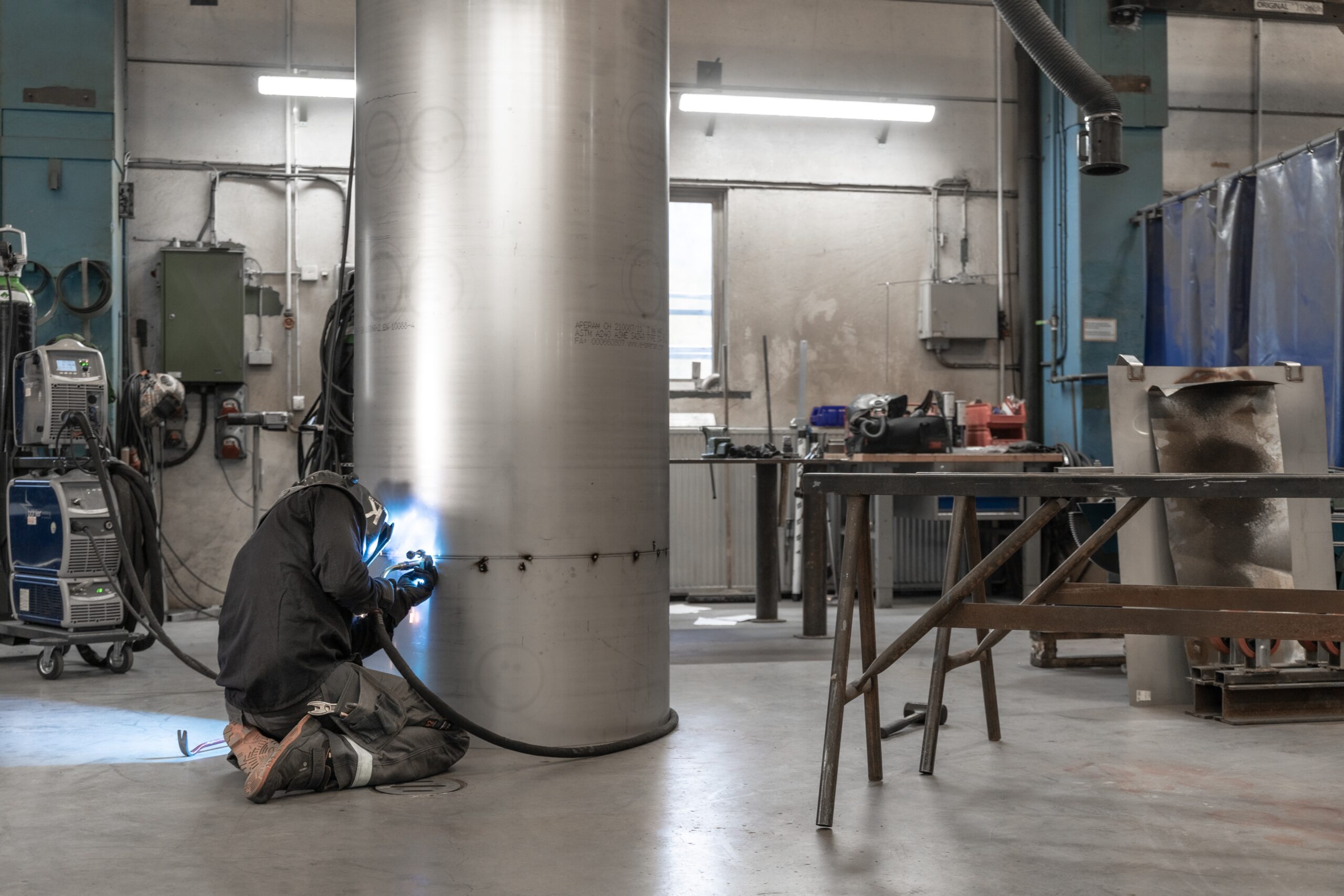
Posted on July-07-2023
Welding is a versatile and essential skill that enables the joining of various materials. However, it is essential to know what welding techniques are needed for each specific type of material. You want to ensure that you are using the right welding technique for your chosen material to ensure a strong and durable weld.
In this blog, we will delve into the world of welding and explore the best techniques for welding different materials, including steel, aluminium, and stainless steel.
Steel is a widely used material in many industries, and welding it is a fundamental skill. Here are a few techniques suitable for welding steel:
Also known as stick welding, this technique is versatile and suitable for different steel thicknesses. It involves using a coated electrode that melts and creates a protective gas to shield the weld from contaminants.
MIG welding is great for beginners and works well for welding thin to medium-thickness steel. It uses a wire electrode that feeds continuously and a shielding gas to protect the weld.
Similar to MIG welding, flux-cored arc welding uses a continuously fed tubular electrode. This technique is handy for outdoor welding or when dealing with contaminants, making it ideal for heavy steel fabrication.
Aluminium has unique properties that require specific techniques.The following welding techniques are commonly used for aluminium:
MIG welding is a popular choice for welding aluminium. It uses a spool of aluminium wire and a shielding gas like argon or a mixture of argon and helium. It is essential to clean the aluminium surface thoroughly and use a wire feeder with a Teflon liner to prevent wire contamination.
TIG welding is precise and excellent for thinner aluminium sections. It involves using a non-consumable tungsten electrode, a shielding gas (typically argon), and manually adding filler material. TIG welding requires good control but can produce high-quality welds.
Stainless steel is known for its corrosion resistance. Here are a couple of beginner-friendly techniques for welding stainless steel:
TIG welding is a preferred technique for stainless steel. It offers precise control and clean welds. You’ll need a non-consumable tungsten electrode and a shielding gas like argon. This technique provides excellent heat control and minimises contamination risks.
Stick welding can be used for stainless steel, especially for thicker sections. It involves using suitable low-carbon content electrodes and proper cleaning before and after welding to maintain stainless steel’s corrosion resistance.
We hope that this blog has helped you in understanding the best welding techniques for different materials. If you are in need of reliable welding equipment and supplies, look no further than Arc Welding Services. We offer a wide range of new and used welding equipment, including welding and gas cutting tools, protective gear, and other essential accessories.
Get in touch with us on 0121 327 2249 or fill out our online enquiry form and we will get back to you as soon as possible.